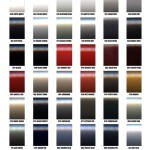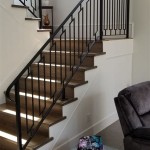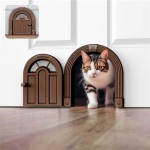We’ve all experienced it: you park your car in the driveway, and it rains overnight. When you come back to it in the morning, you’re faced with a frustrating reality – water has seeped into your car, damaging the interior. Unfortunately, water damage in car interiors is common and can be a huge burden on drivers. Not only does it cause aesthetic damage, but it can also cause mechanical and electrical malfunctions.
The Causes of Water Damage in Car Interior
The most common cause of water damage in car interiors is flooding. This can be caused by heavy rainfall, overflowing rivers, or even a broken pipe in the area. In addition, leaks in the car’s windows or roof can cause water to enter the interior and cause damage. Finally, improper maintenance can also lead to water damage, as neglected windshield wipers can allow water to seep in.
The Signs of Water Damage in Car Interior
If you think your car may have been exposed to water damage, there are certain signs to look for. First, check for visible water spots or stains. These can be a sign of water seeping in from the outside. In addition, mildew or mold may be present in the interior, which is a sure sign of water damage. Finally, if you notice a musty odor or a strange noise coming from the car, it may be a sign that water has infiltrated the interior.
Mitigating the Damage of Water Damage in Car Interior
If you find yourself with a car interior that is water damaged, there are a few steps you can take to mitigate the damage and prevent further damage. First, it is important to remove any standing water as soon as possible, as this can lead to mold and mildew growth. Next, you should remove any wet materials, such as carpets or floor mats, and allow them to dry completely before replacing. Finally, it is important to inspect your car’s electrical system for any damage, as this can be a sign of serious water damage.
Restoring Your Vehicle After Water Damage
Once you have taken steps to mitigate the damage, you can start the process of restoring your vehicle. This may involve replacing any affected materials, such as carpets or floor mats. In addition, you may need to repair or replace any electrical components that have been damaged. Finally, you may need to professionally clean your car interior to remove any mold or mildew.
Preventing Future Water Damage in Car Interiors
The best way to prevent water damage in car interiors is to take preventive measures. This includes inspecting your car’s windows and roof for any leaks, as well as regularly checking your windshield wipers. In addition, it is important to park your car in a covered area whenever possible. Finally, it is always a good idea to keep your car in good condition by regularly checking your fluids and performing regular maintenance.














Related Posts









